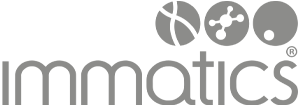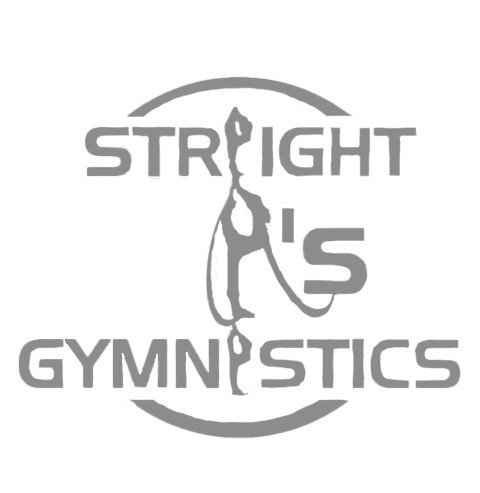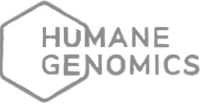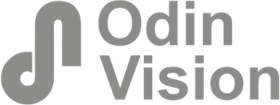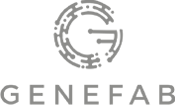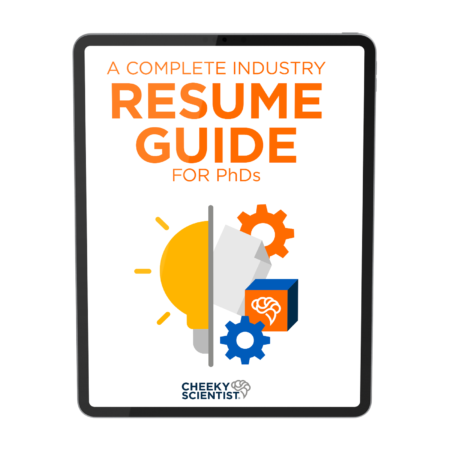4 Ways To Give Your Social Selling Index A Big Boost

Growing up, my parents had an adage for everything.
And there was one I heard more than any other by far:
Nothing worth having ever came easy.
These words of wisdom were a lousy rebuttal for the injustices of childhood, but they became the mantra that got me through graduate school.
Maybe that’s why I regarded anything “easy” as weak, lazy, and average – all dirty words in my book.
And, without knowing what LinkedIn was really about, I wrote it off as just that: an easy way for lazy people to try and find a job.
It was, I concluded, nothing I would ever need.
Fast-forward to the second year of my PhD.
I was struggling with my research, at odds with my supervisor, and being forced to work on a dead-end project.
I kept trying to get my supervisor to reconsider the direction of the research, but they would not hear it.
All the data kept pointing to an impasse, and I could see it was going to fail from a mile away.
That’s when, practically out of spite, I decided to build a LinkedIn profile.
I wanted to see what else was out there.
But I was determined not to do things “the easy way.”
So, I did what I do best: research.
I studied every part of every section of the top professionals in my target field.
What were they doing? How were they doing it? Which words did they use to describe it?
Do you know what I discovered?
I learned that creating a great LinkedIn profile isn’t all that easy.
It turns out there’s an art to creating a profile that says something specific about yourself.
I also learned that there’s a right – and also a wrong – way to network with industry professionals.
And I learned that there’s actually an equation you can use to create the perfect LinkedIn profile.
No Visibility, No Leverage
That formula, the one that determines your visibility on LinkedIn, is important. Here’s why:
Most employers who are looking for great candidates don’t know who they’re looking for. They’re not going to search for you, specifically, by name.
Instead, recruiters will be searching for a person with experience in a Specific Position within 25 miles of a Specific City who has Specific Skills.
They don’t know your name, and unfortunately your degree doesn’t add any weight to your ranking.
But, if you understand the formula – also called the algorithm – that LinkedIn uses, you dramatically increase your chances of being seen.
If you aren’t visible to employers, LinkedIn offers no leverage in your job search.
Maybe when you signed up for LinkedIn you created a simple profile that you planned to fill out later.
That is a mistake.
Research shows that having a LinkedIn profile with nothing but the bare minimum filled out is actually worse than having no profile at all.
It demonstrates that you are not ready to take your job search or your career seriously. It implies a lack of industry knowledge as well, and looks generally lazy.
So if you aren’t ready to take your LinkedIn profile seriously now, save yourself some trouble and delete it.
But if you are serious about elevating your LinkedIn profile, you need to invest a little time into understanding your Social Selling Index.

What Is A Social Selling Index?
The Social Selling Index (SSI) sounds like a tool for salespeople, but it’s not.
Think of it more like a reputation score.
In industry, reputation scores help businesses determine how they are being perceived by others.
Analyzing their reputation score allows them to address customer concerns, communicate better, and set meaningful goals for growth.
This LinkedIn tool is available to everyone, and it works much the same way.
Your SSI is the best indication of how LinkedIn ranks you among its 950 million users.
That score is based on how well you represent yourself in four categories:
- Find The Right People
- Build Relationships
- Establish Your Brand
- Engage With Insights
Each category can have a maximum of 25 points. Add each of the four categories together to give you your score.
The higher your Social Selling Index score, the higher your LinkedIn visibility.
You should aim for an overall score of 60 to 80. Some experts suggest that a score of 75 qualifies you as a true thought leader in your field.
With a score this high, you will most likely appear on the first page of LinkedIn’s search engine results.
This means recruiters will be able to find you instead of the other way around.
Focus On These Four Things To Increase Your Social Selling Index
I know I said that you don’t need to be a salesperson in order to utilize your SSI, but that’s not 100% true.
As an industry job seeker, you are selling something: yourself. You’re selling your skills and your experience.
Employers are selling themselves, too. To them, LinkedIn is a brand-building tool. It’s also a resource to find talent and sell their services.
And recruiters are an extension of the employers they represent. They’re promoting their company and its culture to attract the best candidates possible.
Understanding that everyone on LinkedIn is selling something can be helpful for some PhDs – especially those who think the platform is some kind of nepotism machine.
But as industry has spread and businesses have grown, a platform like LinkedIn is actually the great equalizer.
With the right branding and a strong LinkedIn profile, you stand more than a fighting chance against your industry competition.
So let’s discuss those four specific areas of your Linked profile that make up your SSI score along with things you can do right now to increase each of these elements of your profile.
1. Find The Right People
At the bare minimum, you should have 500 LinkedIn connections.
That’s the limit that LinkedIn will display: 500+. LinkedIn does this to emphasize that, when it comes to connections, it’s about quality and not quantity.
But the flip side to this is that any number below this threshold is a dead giveaway that you are a novice networker.
Having 500 connections boosts your search score. If you share a common connection, you will be displayed in an employer’s search engine results over a non-connected competitor. Period – end of story. Sharing connections opens doors.
Reach is a factor as well. With 500 or more first connections, your posts and activity are visible not only to your network but also to their networks, especially if they’re reposting something you shared.
Finally, even if these connections are outside your target industry, they provide evidence that you’re probably relevant and a good person to know.
However, as I said, LinkedIn’s algorithm is designed to favor quality over quantity.
This means that the number of connections you have who are employed in your target industry matter.
So if you want to boost your reputation score, the first thing you need to do is determine your target position if you haven’t already.
Then, start sending personalized connection requests to people working in that career path.
If you want to be a data scientist, you should connect with people working in the data science field. The more focused the sector and the more contacts you have within that sector, the higher your score for this component.
Keep in mind, too, that LinkedIn’s algorithm factors in your networking performance. If you send 100 connection requests, for instance, but only get 5 new connections, the algorithm will rank your profile lower. This lets the algorithm know that you are not focused on creating quality connections.
That’s why it’s important to send personalized connection requests every time you want to expand your network.
2. Build Relationships
This where I see PhDs make the biggest blunders when it comes to networking. You cannot rush your connections – you can’t force a professional relationship any more than you can force a friendship.
But there are things that you can do to increase your chances of making a great impression, and you increase your score by taking these relationships to the next level.
First off, understand that LinkedIn’s algorithm considers how many messages you’ve sent and how many messages you’ve received. And the ratio between the two – you guessed it – impacts your SSI score.
So, make sure to reach out to your connections thoughtfully. Send a personalized note when you request to connect.

Do NOT ask for a referral, informational interview, or even a good cookie recipe in your first message. Always add value to your connections, no matter how you’re choosing to interact.
Adding value can mean many things. It can come in the form of a compliment or a recommendation or in simply acknowledging an interest in this person’s line of work.
Mention a post they shared or something you saw of interest to you on their profile. Find commonalities and bring those to their attention.
But don’t ask for anything. Not for several messages. Instead, increase your level of professional intimacy to keep the conversation going and build meaningful relationships.
Understand that the more messages you send back and forth, the more your score will increase. Because LinkedIn’s algorithm takes this into consideration too.
Use LinkedIn’s search tools to find others to connect with, too. The algorithm is a learning one, and it rewards engagement by adding points to your SSI score.
3. Establish Your Brand
You probably think that brand building is going to be the hardest part of networking. Most PhDs I work with do.
I understand why. The word “branding” conjures up ideas about big corporations and sales pitches. To me it sounded very insincere.
But defining your brand is less about selling yourself and more about defining yourself. Only by understanding how you want to be seen can you start to cultivate that reputation.
You already have a brand – it’s how others see you and would describe you. All you need to do is define it and start demonstrating your values.
Your professional brand should convey your strengths and professional goals. In order to convey this in a way that boosts your SSI score, you need to explain your brand using LinkedIn’s profile tools.
It comes down to filling out as many LinkedIn profile sections as possible. As you do so, you’ll want to use as many keywords as possible for the specific sectors of industry you are trying to get into.
To determine the keywords you should add to your profile, go through several job postings of interest. Using your preferred keyword identifier, choose the top skills that come up time and time again. Then, add those to your profile.
And I’m not talking about sprinkling 5 or 10 keywords on your profile and deciding that you’ve done a good job. I’m talking about getting 50 to 60 of these keywords into different sections of your profile, using both central and distal keywords.
By simply completing all the sections of your LinkedIn profile (including endorsements, recommendations, and volunteer section), you can increase your professional brand score by up to 20 points.

4. Engage With Insights
There’s a reason why the first thing you see when you sign on to LinkedIn is your newsfeed. That’s because the algorithm wants you to be active and to engage with others.
You can be as active as you want on LinkedIn, interacting with plenty of posts and sharing content and messaging connections. But that’s just a piece of the puzzle.
In order to “engage with insights”, you need to post on LinkedIn and interact with other people’s posts in a way that demonstrates you’re digesting what’s in your feed.
Visit your Social Selling Index page often – LinkedIn knows when you’ve checked this feature out, and it certainly logs your behavior after doing so.
So show LinkedIn that you’re listening to its feedback. Take action on LinkedIn to boost the score you currently have.
Start discussions in other people’s posts.
Use hashtags.
Turn comments into posts for your page.
Make small daily, weekly, and monthly updates to your profile – show LinkedIn’s finicky algorithm that you’re a habitual user.
Publish your own LinkedIn articles.
Share relevant news with your network.
People will appreciate your engagement with their posts. Engagement is important because it not only feels rewarding, it increases that user’s visibility. And connections appreciate connections who are generous networkers.
Users also like to see a variety of updates in their feed. That makes sense – after all, the same two or three voices chiming in over and over makes LinkedIn hard to get excited about… hence the site’s heavy investment in its ever-growing, always-learning algorithm.
Demonstrate your authenticity and interest in the industry with insightful posts and authentic engagement.
There’s an upside to all this engagement and connecting and brand-building that I haven’t touched on:
All of these activities are deepening your connection to industry. It’s building relationships that will inevitably lead to the results you want, and it’s increasing your insights into a field you’re interested in.
And that’s its own reward.
Concluding Remarks
Learning to use LinkedIn as the tool that it is takes patience and consistent effort. Failing to invest the time in building your profile is absolutely a mistake. Obscurity in your job search is a major hurdle for too many PhDs, but LinkedIn neutralizes this problem. Understanding how LinkenIn’s Social Selling Index works is an important first step to helping you overcome it. Your SSI plays a significant role in the visibility of your LinkedIn profile, and you should start working on building it up sooner rather than later. Completing your profile, connecting with others in your target industry, engaging with your feed, and sharing content that reinforces your professional brand are all important parts of building a robust SSI score. Don’t try to do everything in one day. Instead, spend 20 to 30 minutes every day making small updates to your profile, connecting with new people, commenting and liking in the newsfeed, and following up with anybody who sent you a message. Once you reach a LinkedIn SSI of 60 or higher, employers will come looking for you.
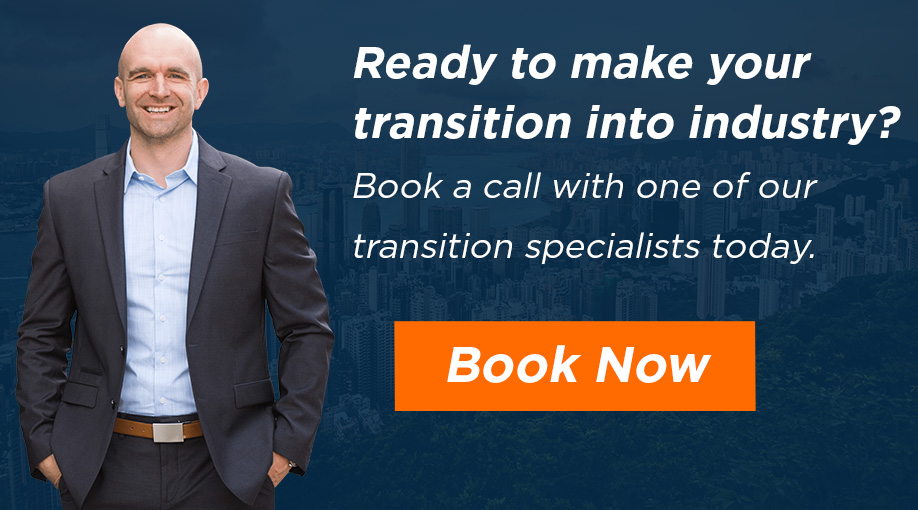
ABOUT ISAIAH HANKEL, PHD
CEO, CHEEKY SCIENTIST & SUCCESS MENTOR TO PHDS
Dr. Isaiah Hankel is the Founder and CEO of Cheeky Scientist. His articles, podcasts and trainings are consumed annually by millions of PhDs and other professionals in hundreds of different countries. He has helped PhDs transition into top companies like Amazon, Google, Apple, Intel, Dow Chemical, BASF, Merck, Genentech, Home Depot, Nestle, Hilton, SpaceX, Tesla, Syngenta, the CDC, UN and Ford Foundation.
Dr. Hankel has published 3X bestselling books and his latest book, The Power of a PhD, debuted on the Barnes & Noble bestseller list. His methods for getting PhDs hired have been featured in the Harvard Business Review, Nature, Forbes, The Guardian, Fast Company, Entrepreneur Magazine and Success Magazine.
More Written by Isaiah Hankel, PhD






























